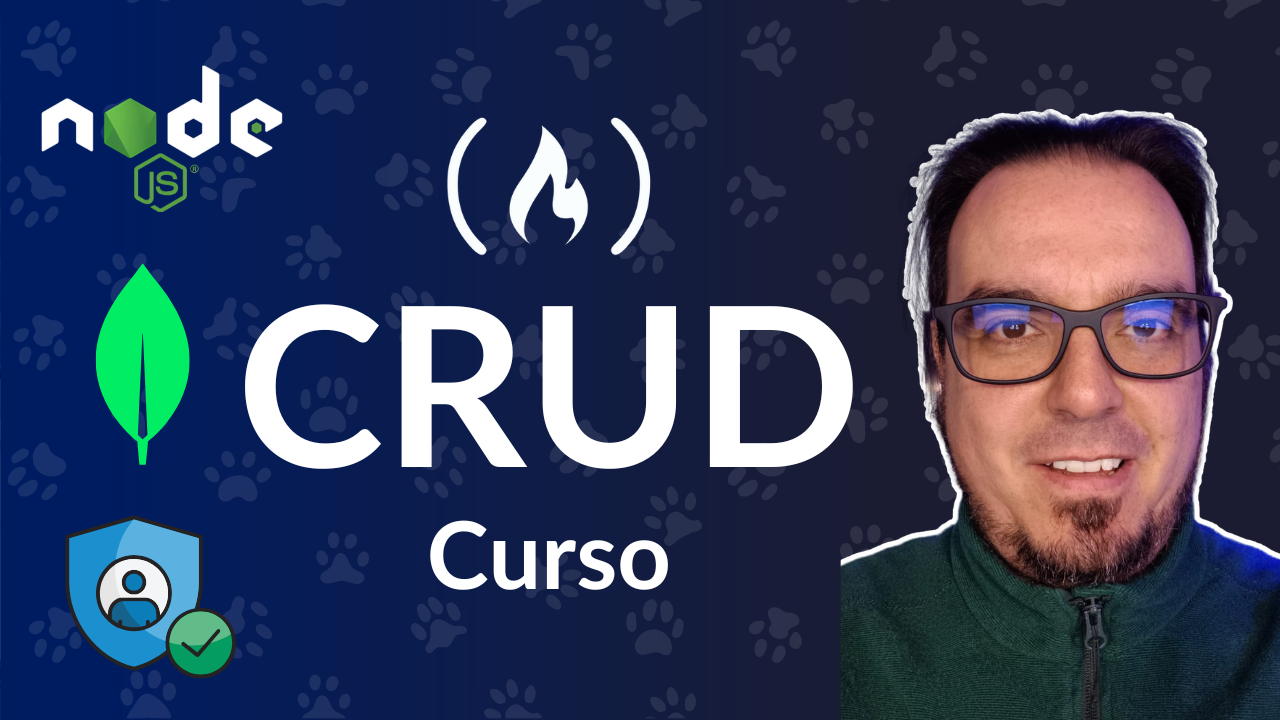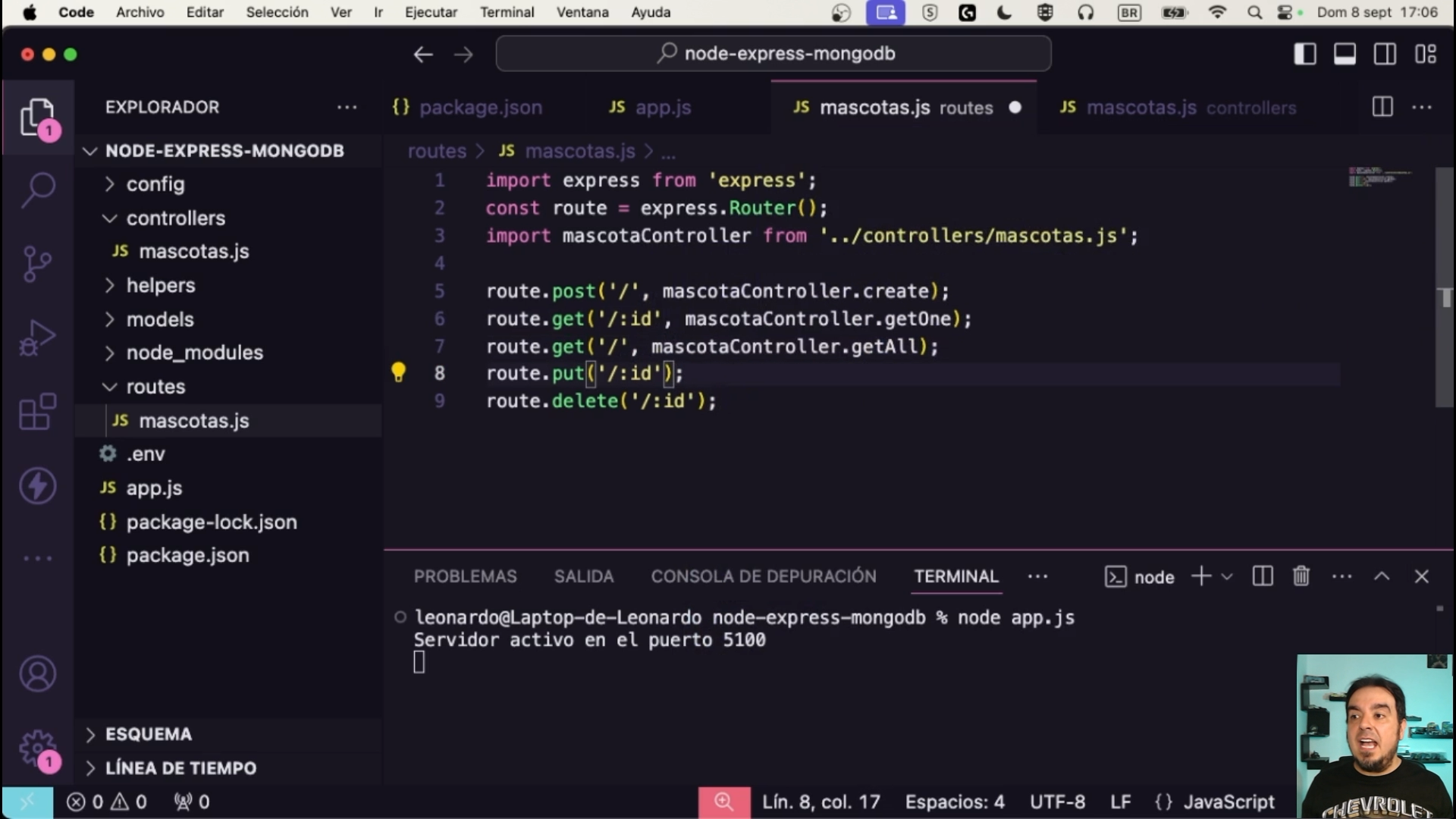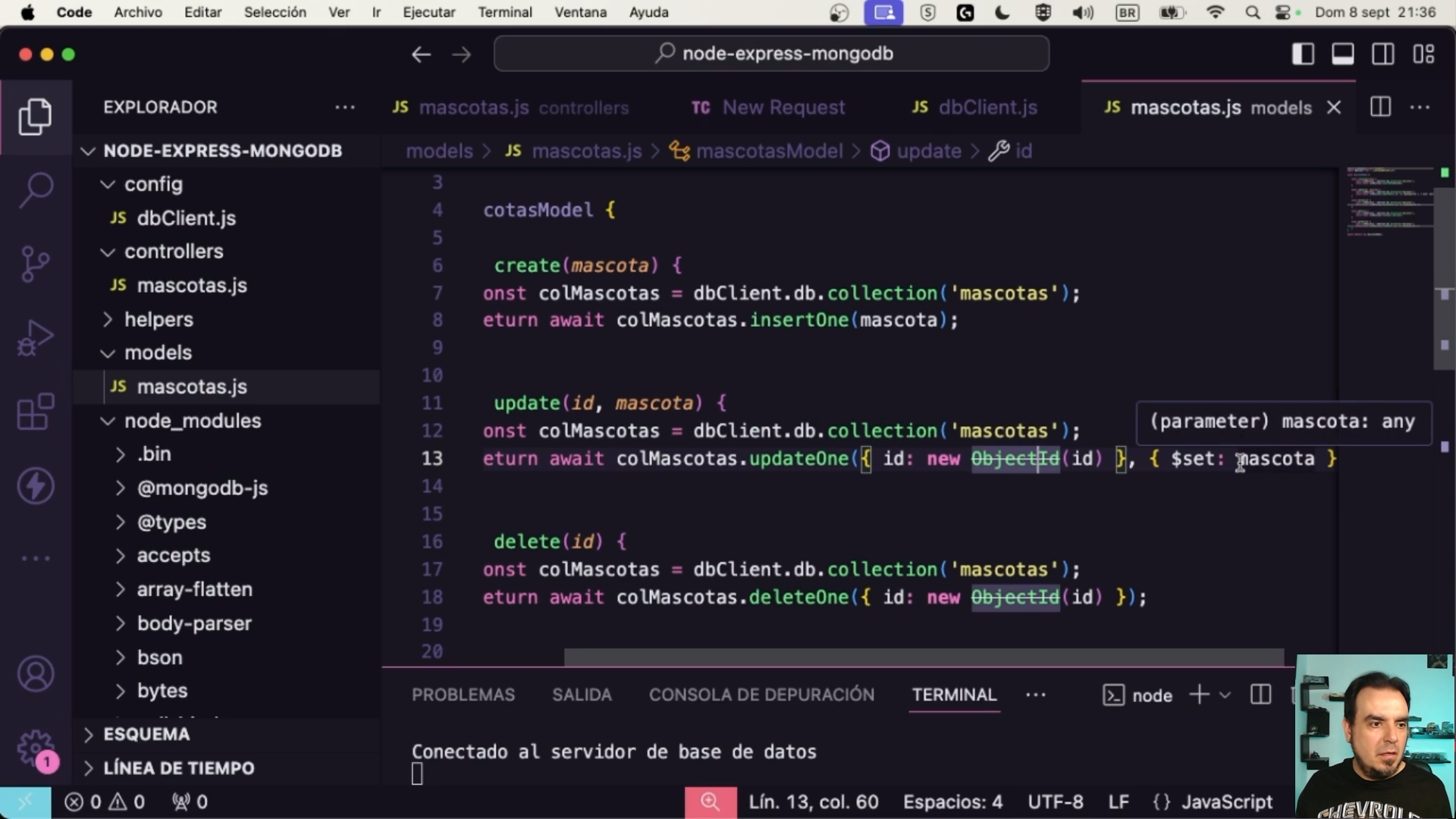
API CRUD Course in Spanish - Learn Node.js, Express, MongoDB, and Authentication
API CRUD Course in Spanish - Learn Node.js, Express, MongoDB, and Authentication 관련


CRUD operations are the foundation of back-end web development. CRUD stands for Create, Read, Update, and Delete. They are essential operations for modern web development because they are used to manage data in most web applications.
We just published a course on the freeCodeCamp.org Spanish YouTube channel that will teach you how to implement REST APIs with Node.js, Express, and MongoDB. You'll learn how to design routes, handle HTTP requests, interact with NoSQL databases, and secure your endpoints with JSON Web Token-based authentication.
If you have Spanish-speaking friends, you are welcome to share the Spanish version of this article with them.
The course was created by Leonardo José Castillo Lacruz. Leonardo is a software developer and content creator who loves teaching programming and sharing his knowledge.
APIs and Non-relational Databases
Let's take look at some concepts that you’ll find helpful for the course.
API stands for “Application Programming Interface” in English.
An API is a set of rules and specifications that allow different applications to communicate with each other.
APIs make the process of integrating systems and services much easier.
In the world of web development, you can think of them as a bridge between the front-end and the back-end because they allow data exchange between both parts of the application.
APIs and databases are closely related. An API can interact with a database to retrieve, store, modify, and delete data.
For example, a web application can use an API to get or update user information on a database.
During the course, you’ll work with MongoDB, a non-relational database. This type of database is also referred to as “NoSQL”.
Non-relational databases are a type of database that does not store data in tables with rows and columns. Instead, they have more flexible ways of structuring and storing data.
MongoDB is a non-relational database that stores data in JSON-like documents, which allows developers to represent and store data in a more dynamic and adaptable model. This is ideal for applications that handle large volumes of unstructured or semi-structured data.
To model this data, you'll also learn how to work with a Node.js library called Mongoose, which helps you define the database schema to simplify the interaction between Node.js and MongoDB.
All of these interactions between the web application and the API should have some form of authentication to ensure that only the right users can perform operations on the database through the API.
To implement this, you'll use JSON Web Tokens, a standardized way to securely transmit information in JSON format.
CRUD Course
Great! Now that you know more about these concepts, let's see what you will learn during the course:
- Introduction to MongoDB
- Installing and configuring MongoDB
- MongoDB Atlas
- Connecting to MongoDB Shell
- Structuring an API
- Routes and controllers
- Connecting to MongoDB
- Implementing CRUD
- Introducing Mongoose
- Setting up the data model
- Validating data and testing the API
- Public, private, and authentication routes
- User model
- JSON Web Tokens
- Verifying tokens
- And more...
During the course, you’ll build a RESTful API for a pet adoption system. 🐾


If you’re ready to start working on this project, check out the course in Spanish on the freeCodeCamp.org Spanish YouTube channel:
✍️ Course created by Leonardo José Castillo Lacruz.
- YouTube:
@LeonardoCastillo79 - LinkedIn: Leonardo José Castillo Lacruz (
leonardo-castillo-4911571a) - Twitter:
ljcl79 - GitHub:
ljcl79